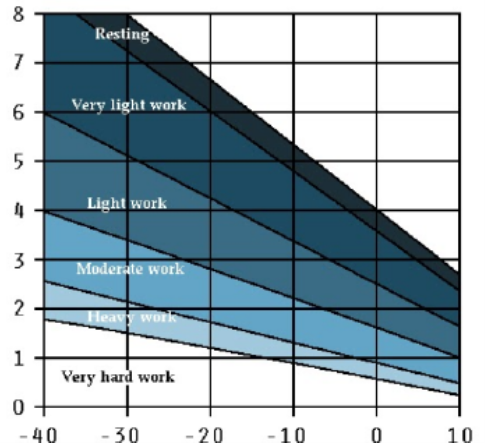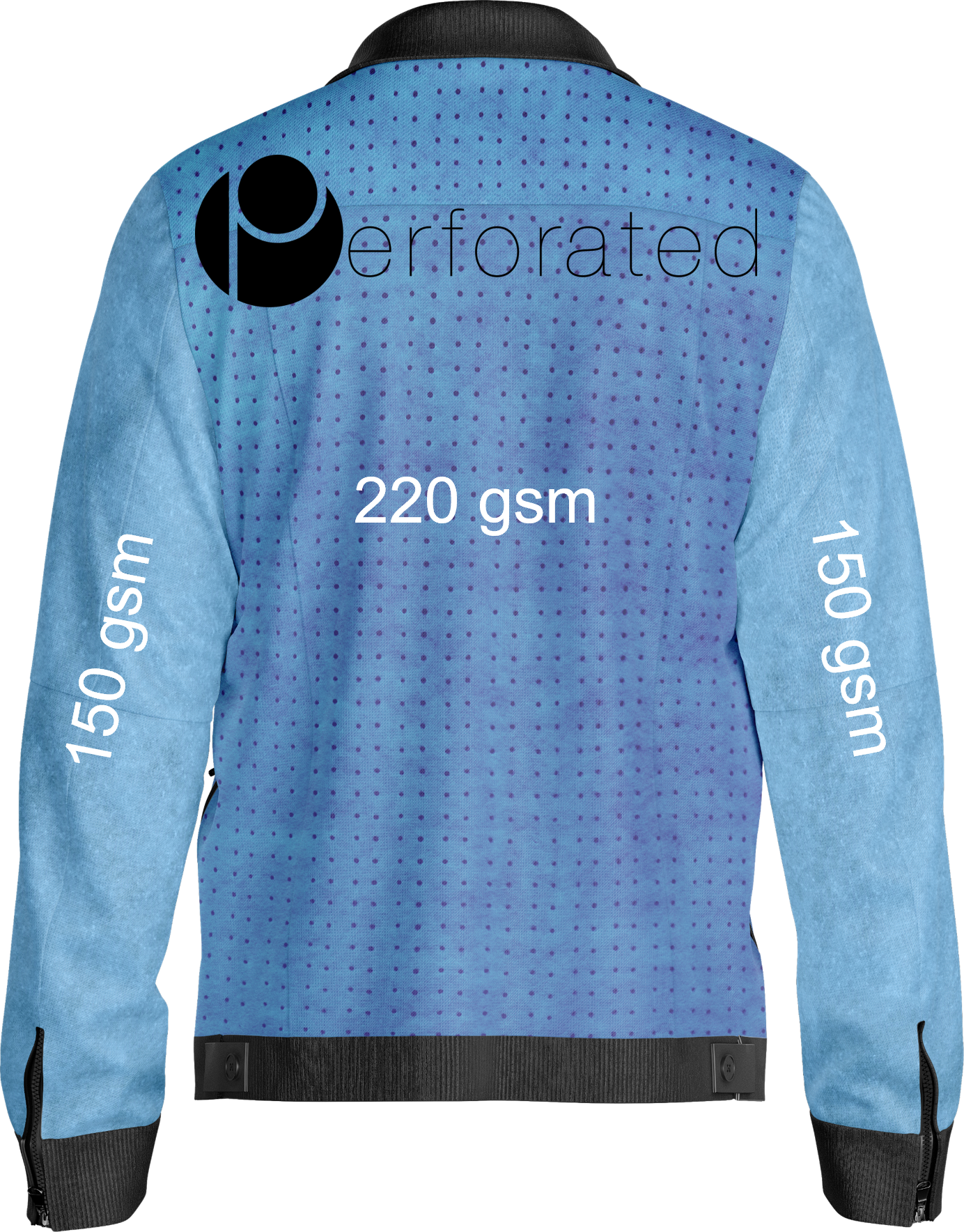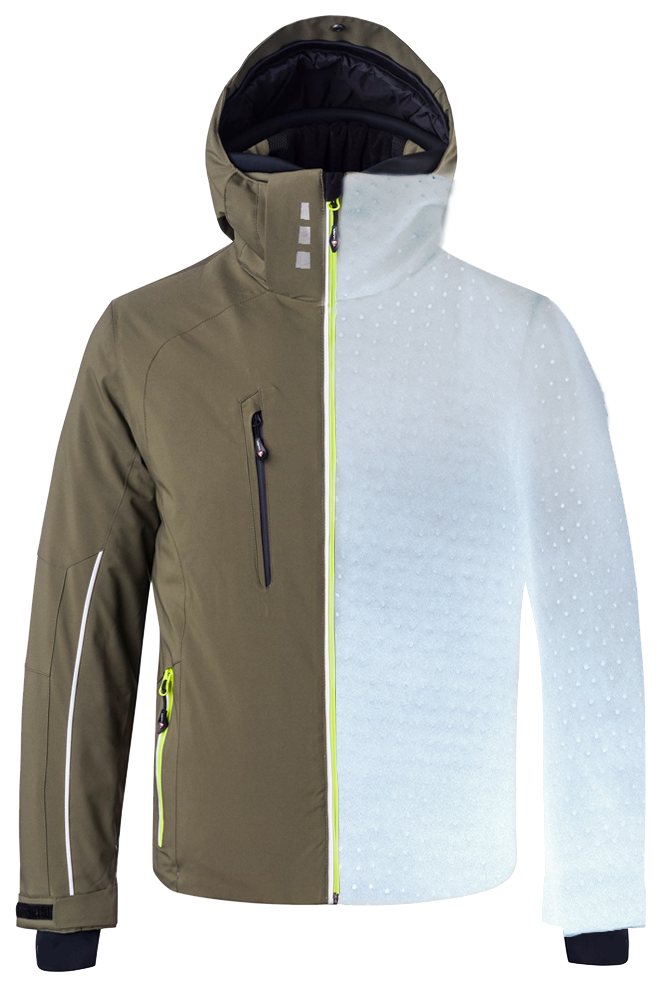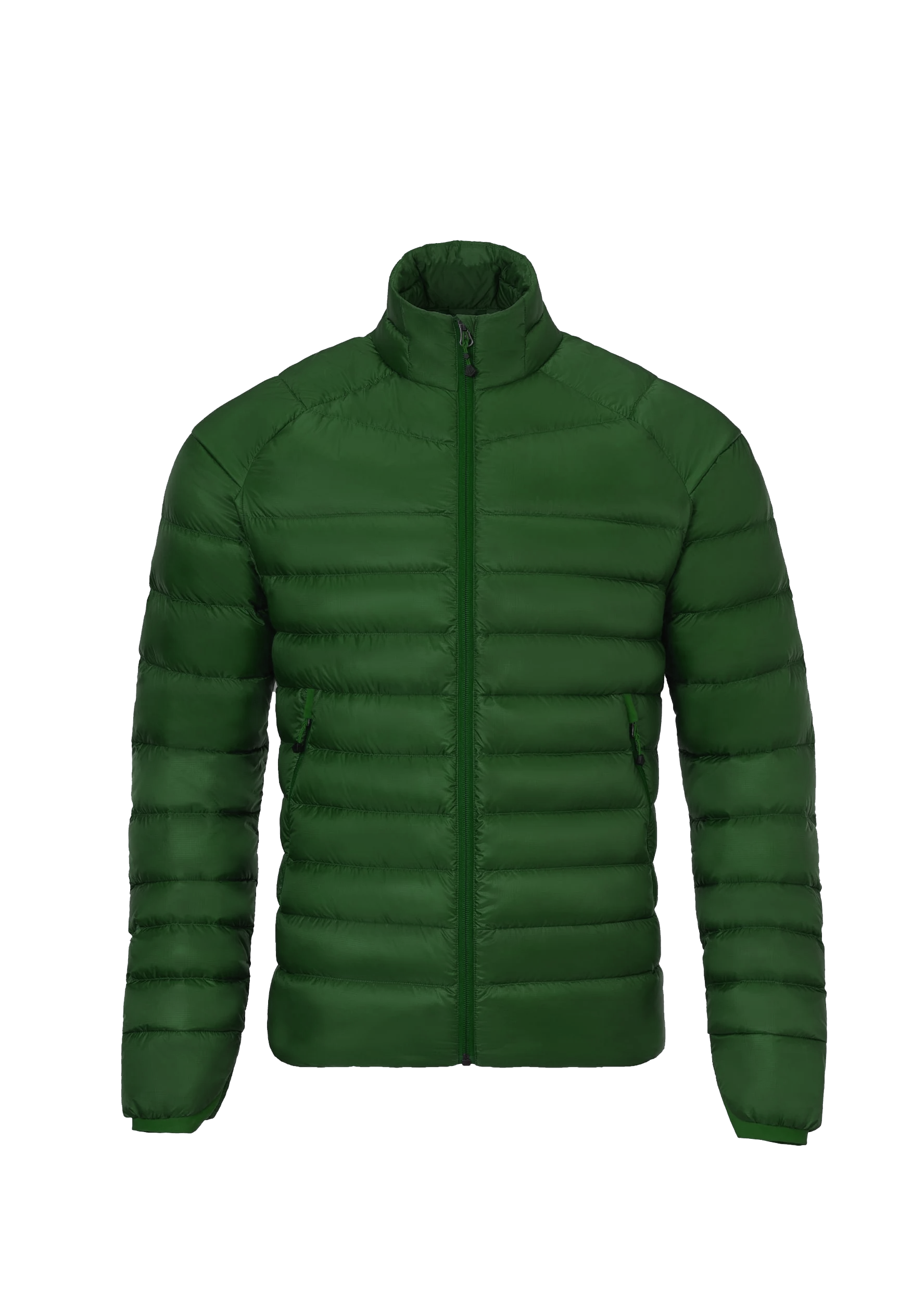Testing methods for low, medium and high activity levels
Low metabolic rate testing methods
A low metabolic rate is when there is none to very light activity. Under these conditions it is even more important to maintain the body’s warmth as the body won’t be generating excess heat.
The thermal comfort of an insulation layer can be tested under ISO11092 RCT when dry and wet. The results of these tests give you the thermal resistance and protection of the insulation layer.
ISO11092 RCT measures resistance to escaping heat; the more resistance, the better the thermal protection of the insulation layer.
ISO 11092 RET measures the resistance to moisture flux which is vapour escaping
from your skin with little activity. The human body will still perspire in low metabolic
rate activities, therefore, it is important that the insulation layer has breathability. This is
measured by the measuring head shown in figure 9. The measuring head (which
is set at skin temperature of 35º C) records the energy required to keep a consistent
temperature as water vapour evaporates away from the measuring head and through
the insulation layer. The more water that evaporates, the better the RET value will be.
Figure 9 shows a diagram of the ISO 11092 RET test method:

Medium metabolic rate testing methods
A medium metabolic rate is achieved via moderate exertion activities, such as brisk walking. The insulation should be capable of moving moisture vapour to allow the body to maintain its thermal balance when more watts are being generated.
This can be measured with the buffering capacity of water vapour (BPI1.2) test, which
measures how much water vapour can travel through the insulation layer under steady
conditions.
The test is simulating the condition of the wearer when sweating, therefore the water supply to the measuring head is increased. The sweat is still evaporating via the skin’s sweat glands. In the clothes’ microclimate, there is an increase in water vapour pressure without causing any additional sweating. Therefore, this test simulates the increased vapour’s sweat impulse and measures the moisture with sensors above the insulation layer. The measurement is translated into the moisture regulation index Fd. The higher the value, the better and faster the insulation absorbs the vaporous sweat, so that the microclimate between the sample and skin remains dry.
Figure 10 shows a diagram of how this test works to demonstrate water vapour moving away from your body heat:
Buffering capacity of water vapour (BPI1.2)

High metabolic rate testing methods
A high metabolic rate is caused via high exertion and heavy physical activities, creating liquid sweat. It is very important that sweat can be transported through your insulation layer and away from your skin as quickly as possible to maintain thermal balance. If the insulation is inadequate when creating sweat in cold environments, this is not only very uncomfortable but means the insulation won’t protect the body against hypothermia.
Clo Insulation has worked with Hohenstein test laboratory who have created a test for measuring an insulations resistance to liquid sweat escaping. This test is the buffering capacity of liquid sweat (CEN/TR_16422) with microclimate sensors. The test measures how efficiently an insulation can transport sweat in a liquid state, therefore the water supply to the measuring head is increased to 694g/s. This brings the water in contact with the insulation and the weight of water is recorded before and after the test to define how much water has moved off the plate and through the insulation layer.
Microclimate sensors are placed above the insulation layer to record the humidity difference before and after the test.
Figure 11 is a diagram showing how this test works:
Buffering capacity of liquid sweat (CEN/TR_16422)

Testing methods for low, medium and high activity levels
Low metabolic rate testing methods
A low metabolic rate is when there is none to very light activity. Under these conditions it is even more important to maintain the body’s warmth as the body won’t be generating excess heat.
The thermal comfort of an insulation layer can be tested under ISO11092 RCT when dry and wet. The results of these tests give you the thermal resistance and protection of the insulation layer.
ISO11092 RCT measures resistance to escaping heat; the more resistance, the better the thermal protection of the insulation layer.
ISO 11092 RET measures the resistance to moisture flux which is vapour escaping
from your skin with little activity. The human body will still perspire in low metabolic
rate activities, therefore, it is important that the insulation layer has breathability. This is
measured by the measuring head shown in figure 9. The measuring head (which
is set at skin temperature of 35º C) records the energy required to keep a consistent
temperature as water vapour evaporates away from the measuring head and through
the insulation layer. The more water that evaporates, the better the RET value will be.
Figure 9 shows a diagram of the ISO 11092 RET test method:

Medium metabolic rate testing methods
A medium metabolic rate is achieved via moderate exertion activities, such as brisk walking. The insulation should be capable of moving moisture vapour to allow the body to maintain its thermal balance when more watts are being generated.
This can be measured with the buffering capacity of water vapour (BPI1.2) test, which
measures how much water vapour can travel through the insulation layer under steady
conditions.
The test is simulating the condition of the wearer when sweating, therefore the water supply to the measuring head is increased. The sweat is still evaporating via the skin’s sweat glands. In the clothes’ microclimate, there is an increase in water vapour pressure without causing any additional sweating. Therefore, this test simulates the increased vapour’s sweat impulse and measures the moisture with sensors above the insulation layer. The measurement is translated into the moisture regulation index Fd. The higher the value, the better and faster the insulation absorbs the vaporous sweat, so that the microclimate between the sample and skin remains dry.
Figure 10 shows a diagram of how this test works to demonstrate water vapour moving away from your body heat:
Buffering capacity of water vapour (BPI1.2)

High metabolic rate testing methods
A high metabolic rate is caused via high exertion and heavy physical activities, creating liquid sweat. It is very important that sweat can be transported through your insulation layer and away from your skin as quickly as possible to maintain thermal balance. If the insulation is inadequate when creating sweat in cold environments, this is not only very uncomfortable but means the insulation won’t protect the body against hypothermia.
Clo Insulation has worked with Hohenstein test laboratory who have created a test for measuring an insulations resistance to liquid sweat escaping. This test is the buffering capacity of liquid sweat (CEN/TR_16422) with microclimate sensors. The test measures how efficiently an insulation can transport sweat in a liquid state, therefore the water supply to the measuring head is increased to 694g/s. This brings the water in contact with the insulation and the weight of water is recorded before and after the test to define how much water has moved off the plate and through the insulation layer.
Microclimate sensors are placed above the insulation layer to record the humidity difference before and after the test.
Figure 11 is a diagram showing how this test works:
Buffering capacity of liquid sweat (CEN/TR_16422)











